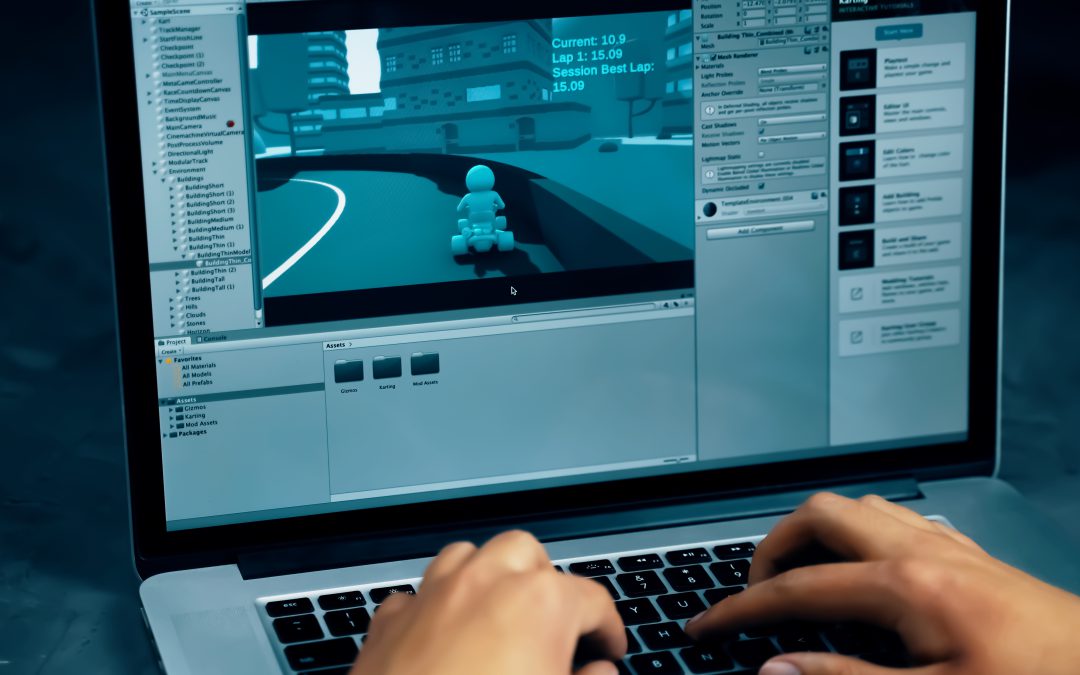By CB Arun
Communication Design, Flim & Gaming
Pearl Academy
The innovative, technological nature of the video game industry has generated ancillary spillover effects for other industries. The growing sophistication in the gaming world has motivated innovation in a broad range of areas, including computation, graphics rendering, interface design, mobile apps, and the most prominent being the entertainment industry.
Video games or interactive entertainment as a format seems to be the general direction of most storytelling these days. Sensory inputs have changed the way people experience or create a story. They lend new elements that make the entire experience feel very different from the theatre experience of today. According to Global Market Insights, Game engine market from the console’s platform segment is estimated to showcase around 10% CAGR till 2032.
It is believed that serious games, game-based learning, and simulation environments can motivate imparting knowledge, skills, and competencies, and raising awareness of specific phenomena. Initially, the use of game engines in Hollywood was mostly limited to the kind of pre-visualization pioneered by Spielberg and ILM. But with the optimisation of graphics-processing chipsets for this type of real-time computing becoming more powerful, game engines are playing a bigger role across the entire workflow, down to what insiders call the final pixel — images that look so good they can actually be shown in theatres or on television sets. They are now seen as fascinating pieces of software that are capable of creating almost everything a person can imagine from small interactions in a room to massively complicated and dense worlds and even universes!
Use of Gaming Engines in the Design Process
Since game engines have the power to render visuals in real-time, they are seen as the perfect tool to use in the production process. Gaming engines not only help save time in the production process, they also help the creators complete the process more economically as they are a lot cheaper than traditional production technologies. This has given more opportunities for a new crop of filmmakers to produce Hollywood-like fare at much lower budgets, especially when it comes to animation. A great example of this is “Sonder,” which was crowned best animated short film at an Independent Film Festival. The director of this worthy film, before starting his career, had worked on a couple of video games, as well as some virtual reality projects for companies like Google and Baobab Studios. After experiencing the power of game engines at those jobs, he decided to rely on gaming technology to produce his film.
Gaming engines can prove beneficial for independent creators to complete their tasks without relying on expensive tools and huge render farms that are specifically built to produce visual effects, generally for film and TV. Adding 3D models that look hyper-realistic is the other big benefit of game engines. Instead of creating an interactive experience by mixing cut scenes, directors are now able to make a feature film by using a series of cut scenes.
The industry has shown that it will continue to innovate and be a leader on the frontiers of new technologies through its ongoing R&D and creativity. Video game companies are currently advancing software and hardware systems for the emerging virtual reality (VR) and augmented reality (AR) technology spaces, and the industry is continuing its legacy as an early technology adopter by incorporating and developing artificial intelligence (AI) both as a tool within games for advancing storylines. It is only a matter of time before all movies are immersed with an interactive element. As both games and movies evolve with their audiences, it will lead to unique experiences that blend both mediums in ways we can’t even imagine yet.
References
- https://www.globenewswire.com/en/news-release/2023/05/03/2659992/0/en/Game-Engine-Market-to-surpass-5-Bn-by-2032-Says-Global-Market-Insights-Inc.html
- https://variety.com/2019/biz/features/video-game-engines-visual-effects-real-time-1203214992/
- https://www.sciencedirect.com/science/article/pii/S0160791X22002810












